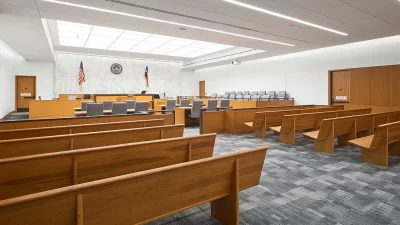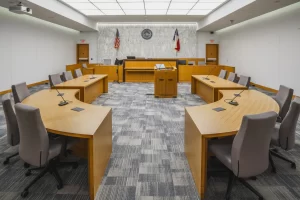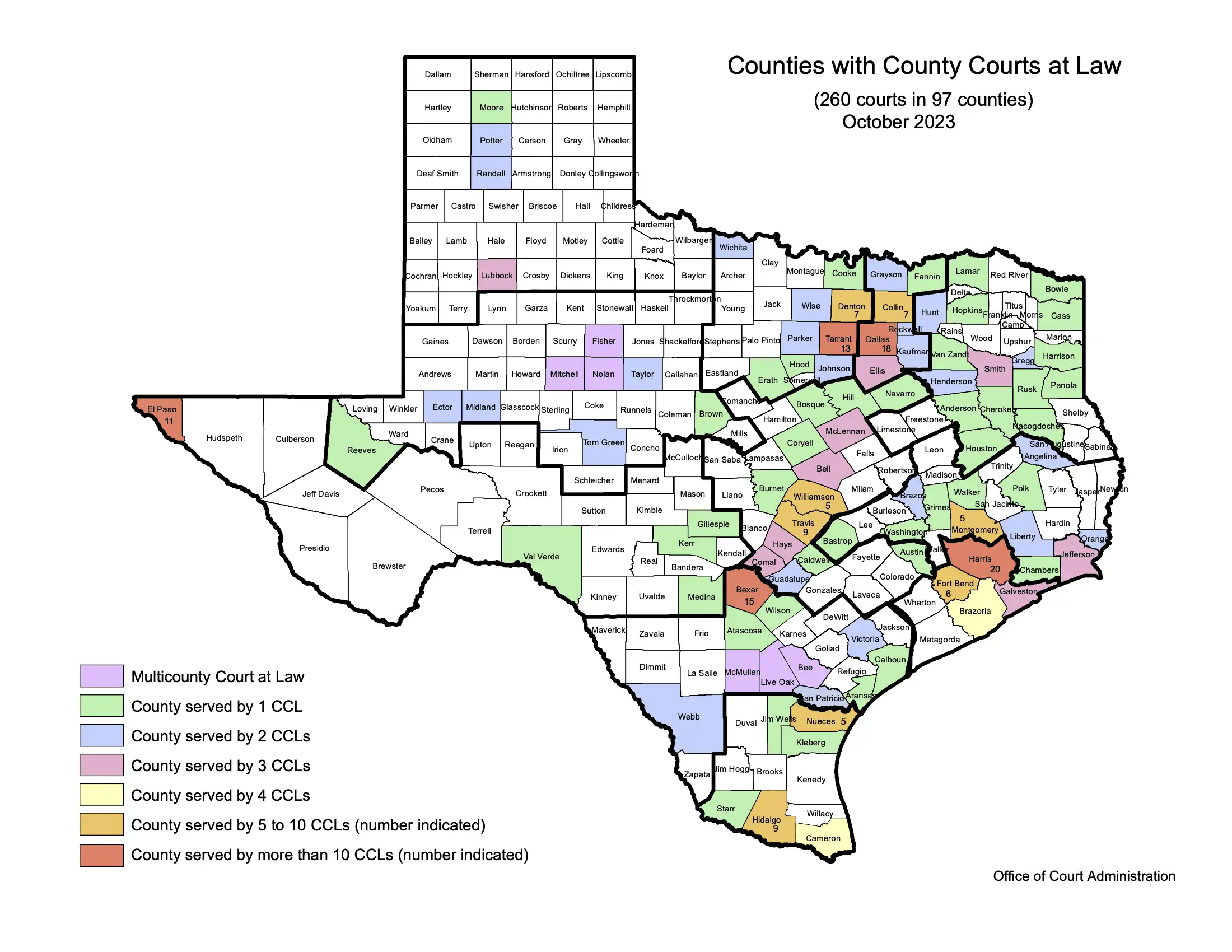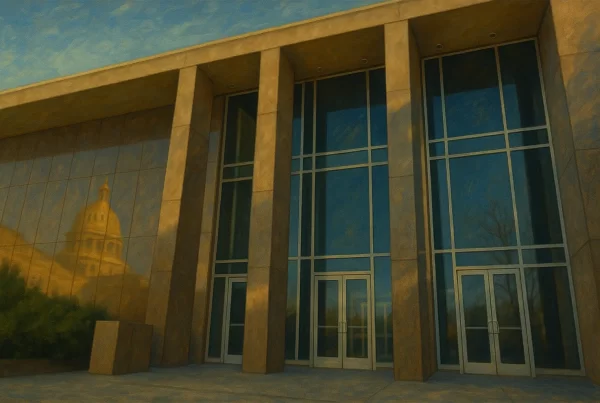County Courts at Law, also called Statutory County Courts, are a type of trial court presided over by an elected judge, which handle both civil and criminal cases. These courts are created by statute, and their powers and duties can differ significantly from one county to another, depending on the enabling legislation.
As a trial court, a County Court at Law can hear witnesses, receive testimony, and render a verdict. Alongside district courts, justice of the peace courts, and constitutional county courts, county courts at law are one of several kinds of trial court in the Texas judiciary.
Unlike constitutional county courts, which exist in every county, County Courts at Law exist only where the Legislature has deemed them necessary, typically in areas with larger populations and heavier caseloads.


Jurisdiction
The legal jurisdiction of the county-level trial courts varies considerably and is established by the statute which created the particular court. The jurisdiction of a county court at law may overlap with that of the constitutional county court or district court in the county. For instance, one county court at law may be authorized to hear probate matters, while another in a different county may be excluded from such jurisdiction entirely.
County courts may handle civil litigation, child protective services cases, mental health cases, adoptions, and probate matters. County courts usually have appellate jurisdiction in cases appealed from justice courts and municipal courts.

County courts at law may handle some felony matters, though in general the district courts handle trials for more serious felony crimes. In practice, their criminal docket often includes Class A and B misdemeanors, including DWI cases, theft, and assault, depending on the county. County courts are said to have “limited jurisdiction,” because they can hear only certain kinds of cases, in contrast to district courts, which have “general jurisdiction.”
Map of Statutory County Courts in Texas
County courts at law typically serve urban counties in Texas, whereas rural counties are served by district courts and constitutional county courts.
Suburban counties of Texas typically have several county courts at law, and urban counties can have ten or more. For example, Harris County has 20 county courts at law, and Dallas County has 15.

Evolution of County Courts in Texas
Originally, the Texas Constitution envisioned only one court per county, headed by a county judge. However, the position of county judge evolved to become the chief executive of the county government, and head of a quasi-legislative body called a commissioners court.
As county governments grew in size and complexity, many county judges became too busy with their executive and legislative functions to effectively handle judicial matters. The state legislature therefore created statutory county courts to relieve constitutional county judges of some or all of their judicial duties in the more populous counties.
The first of these courts was created in 1907. Today there are 260. The growth in the number of these courts reflects ongoing efforts by the Legislature to adapt the judiciary to population growth and increasing complexity in county-level case management.
This means that there are several kinds of “county judge” in Texas: county judges of courts “at law” are purely judicial, whereas “constitutional” county judges are judges in name only, except in certain rural counties where they may continue to exercise judicial functions.
County Courts at Law are established by acts of the Texas Legislature. By comparison, Constitutional County Courts are established by the Texas Constitution.
FAQ
As of October 2023, there are 260 statutory county courts (county courts at law) in Texas, according to the Office of Court Administration.
Cases appealed from Texas county courts go to the Texas Courts of Appeal.
In general, Texas county courts at law have civil jurisdiction concurrent with district courts in cases in which the matter in controversy exceeds $500 but does not exceed $200,000. However, the actual jurisdiction of each statutory county court varies considerably according to the statute under which it was created.
In criminal matters, county courts generally have original jurisdiction over all cases involving Class A and Class B misdemeanors and appellate jurisdiction in cases appealed from justice of the peace courts and municipal courts. A few county courts at law have jurisdiction in felony cases.
The Texas Constitution established one county court in each county, headed by the county executive, also known as the county judge. However, these courts are mostly active only in the smaller, rural counties, whereas county judges in urban areas focus on their political duties. The statutory county courts fill in for the constitutional courts in the larger counties.



